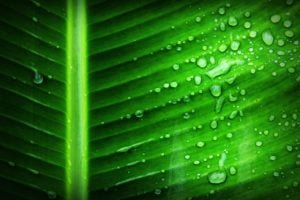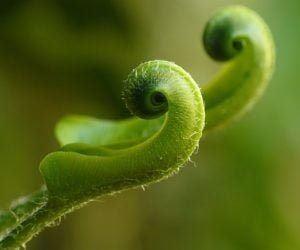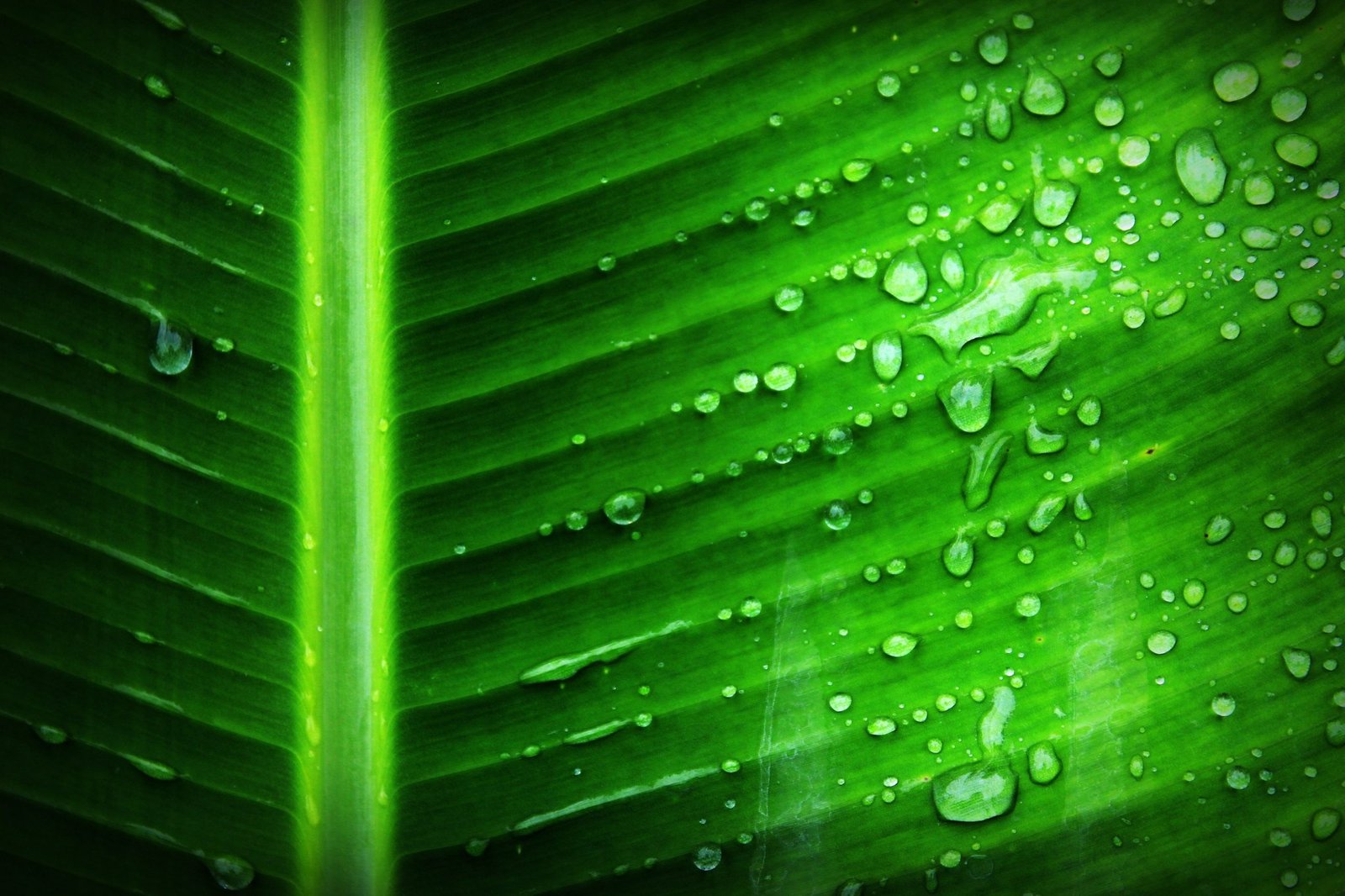Suppose we could do as the plants do, and feed specifically off the sun’s vitality. It would positively make our lives less demanding: The incalculable hours spent buying, getting ready, and eating sustenance could be diverted somewhere else (and we wouldn’t require Soylent). Over-misused horticultural grounds would return to characteristic environments. Rates of starvation, lack of healthy sustenance, and nourishment borne ailment would dive.
In any case, people and plants haven’t shared a typical precursor for a huge number of years. Almost everything about our science is in a general sense extraordinary. So it would appear as though its absolutely impossible we could really build ourselves to do photosynthesis—or is there?

Engineered scholars like Christina Agapakis have really been investigating this probability top to bottom, and have even attempted to make plant-creature half and halves of their own. While we’re a long way from building a photosynthetic human, new research uncovers a charming organic component that could propel this beginning field.
Elysia chlorotica, the creature that is kind of a plant.
![]()
![]()

Woods Hole’s Marine Biological Laboratory announced a week ago that researchers have opened the mystery behind Elysia chlorotica, the splendid green ocean slug that resembles a leaf, eats daylight like a leaf, however is, truth be told, a creature. Turns out E. chlorotica keeps up its clear tone by devouring green growth and pilfering their photosynthesis qualities. It’s the main known occurrence of a multicellular life form co-picking DNA from another.
“There is no chance to get on Earth that qualities from a green growth should work inside a creature cell,” ponder co-creator Sidney K. Penetrate, an emeritus educator at University of South Florida, said in an announcement. “But then here, they do. They enable the creature to depend on daylight for its nourishment.” If people needed to hack our very own cells to do photosynthesis, analysts say, we may utilize a comparable instrument.
With regards to tapping the sun’s vitality, people have put in a billion years moving the wrong developmental way. As plants moved toward becoming paper thin and straightforward, creatures turned out to be thick and dark. Plants preserve their moderate however consistent dribble of sun squeeze by staying still, yet we jump at the chance to move about—and require vitality thick sustenance to do as such.
When you get down to science’s littlest scales—our cells and our hereditary code—it turns out, we’re not all that altogether different. It’s the amazing union of life at its most essential dimensions that empowers phenomenal accomplishments, similar to a creature taking photosynthesis, to be conceivable. Presently, through the prospering field of engineered science, we might have the capacity to reproduce such occasions in a transformative squint, making biopunk thoughts like photosynthetic skin patches appear somewhat less science anecdotal.
“Ordinarily, when you take qualities from one living being and embed them into the cells of another life form, it doesn’t work,” Pierce let me know. “In any case, when it works, it can have a gigantic effect medium-term. It resembles fast advancement.”
For all their loveliness, ocean slugs are not by any means the only creatures that have stolen sun based privileged insights from the plant kingdom. There’s the pea aphid, which, as Nature documented in 2012, energizes a sun based fueled rucksack utilizing light-gathering shades called carotenoids. Furthermore, the oriental hornet may utilize a comparative trap, using a color called xanthopterin to change over light vitality to power. Be that as it may, neither of these animals are genuinely photosynthetic—both come up short on the basic capacity to transform carbon dioxide into sugar.
All things considered, there are different creatures that truly do photosynthesize, through cooperative connections. The great model is coral; settlements of several delicate bodied creatures that harbor photosynthetic dinoflagellates inside their cells. Moreover, the spotted lizard utilizes green growth to sun based power its fetuses as they create inside eggs.
Spotted lizard brood their young utilizing sun oriented fueled eggs.
Among the bunch of creatures who’ve made strides toward environmental friendliness, be that as it may, sun oriented fueled ocean slugs are exceptional. They’ve made sense of how to remove the broker and do photosynthesis for themselves, by slurping up algal chloroplasts—jam bean-molded photosynthetic organelles—and putting them along the dividers of their stomach related tracts. From that point, the plant-creature half and halves can live for quite a long time eating only daylight. In any case, precisely how slugs keep up their stolen sunlight based manufacturing plants has been a puzzle.
Presently Pierce and his co-creators have a clarification. The slugs, it appears, not just take chloroplasts from green growth, they swipe basic DNA plans also. In a paper which shows up in The Biological Bulletin, the creators utilize a propelled imaging procedure to affirm that a quality from the alga V. litorea is available on E. chlorotica’s chromosome. The quality, which encodes a protein utilized for chloroplast fix, most likely enables the slug to keep up its daylight machines long after the green growth have been eaten up.
Hereditary seizure might be uncommon in nature, yet researchers have been tinkering with it in the lab for a considerable length of time. By hacking qualities from one living being into another, we’ve made scores of new living things, from corn that makes its own pesticide to gleam in obscurity plants. Is it insane to assume, at that point, that we may follow in nature’s model, and hack photosynthesis into creatures—maybe even people?
“I endeavored to pitch that plan to the Navy years back,” Pierce let me know via telephone. “My reasoning was, in the event that we could get chloroplasts into human skin, well, perhaps we could keep a man submerged until the end of time.” (Photosynthesis produces oxygen, notwithstanding sugar.)
The Navy never put it all on the line, yet different specialists have given the issue genuine thought. Scholar, planner and essayist Christina Agapakis, who holds a PhD in manufactured science from Harvard, has invested a great deal of energy contemplating how to build new symbioses, including creature cells that can do photosynthesis. As Agapakis brought up when I talked with her via telephone, plants’ antecedents co-picked chloroplasts—which were once free-living microbes—ages prior.
“This is a transformative story that happened billions of years back,” Agapakis let me know. “We asked what might occur on a shorter timescale.” She proceeded to describe a test wherein zebrafish incipient organisms were infused with photosynthetic microscopic organisms. Incredibly, the fish didn’t kick the bucket, and neither did the microscopic organisms.
“In the event that we infused E. coli—even dead ones—the incipient organisms would kick the bucket inside 60 minutes,” Agapakis said. “In any case, infusing photosynthetic microscopic organisms, the fish would even now develop. From a developmental perspective, it appears as though there’s something unique about photosynthesis.”
It was an entrancing showing of natural flexibility. Be that as it may, it’s a long ways from making, anew, a life form that lives off the sun. The inconvenience, Agapakis clarified, is it takes a hell of a great deal of surface zone to catch enough daylight to make a supper. With leaves, plants can bridle a colossal measure of sun based vitality in respect to their size. Thick, plump people, with our low surface-region to-volume proportions, most likely don’t have the important data transfer capacity.
“In case you’re asking, would i be able to make myself totally photosynthetic, I’d state that first, you’d need to quit moving completely, second, you’d need to wind up transparent,” said Agapakis. “We completed a computation for the zebrafish and acknowledged we’d require a great many green growth per cell to make it work.”
For sure, daylight hungry E. chlorotica may be the special case that demonstrates the standard. The slug has developed to look and act so much like a leaf that, from numerous points of view, it’s seemingly more plant than creature.
In any case, regardless of whether we couldn’t subsist altogether off the sun, who’s to state we can’t enhance our weight control plans with a little sun powered nibble once in a while? For sure, most creatures that do photosynthesis, including a couple ofE. chlorotica’s cousins, don’t depend totally on sun-fuel. They utilize their photosynthetic apparatus as to a greater degree a back-up generator, for times when nourishment is generally rare.
“It’s a fence against starvation,” Pierce let me know. “In a biological sense, photosynthesis can give creatures significant opportunity.”
Or then again, maybe we could plan another utilization for photosynthesis altogether.
“Perhaps you’d simply have a green fix on your skin, a light-enacted wound mending framework, for example,” Agapakis said. (It’s a great thought that researchers have hurled around over brews, in any case, obviously, is as yet holding up to be handled.) “Something that doesn’t require as much vitality as a human.”
In this way, while we probably won’t go full sunlight based at any point in the near future—not before we choose to make some more emotional body adjustments—we can even now given nature’s model a chance to motivate us. In any event, famous people brandishing algal hair embeds, or remove sprinters whose greenish tints enable them to extend somewhat further on a radiant day, don’t appear to be absolutely outside the domain of plausibility.



